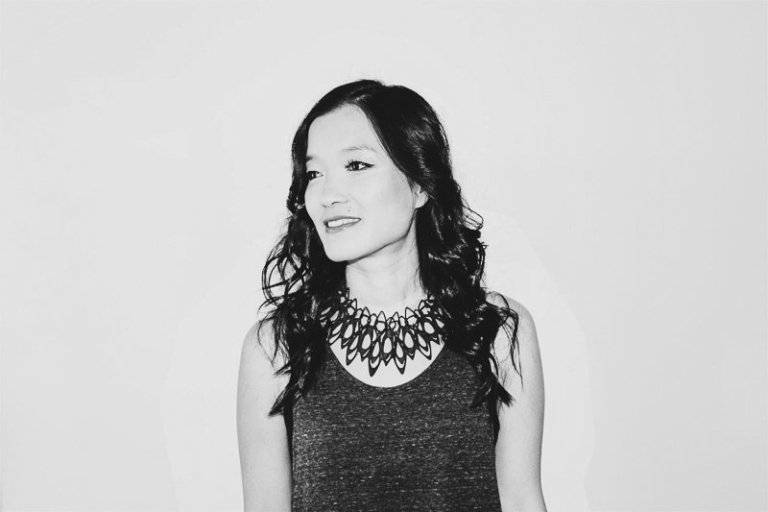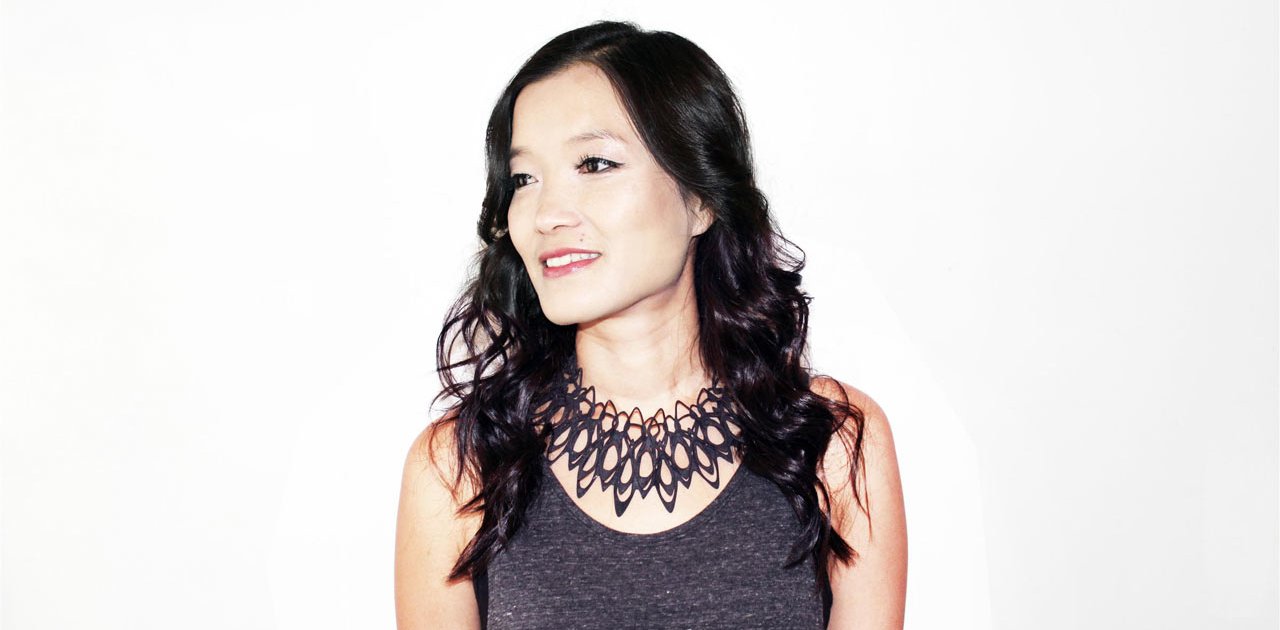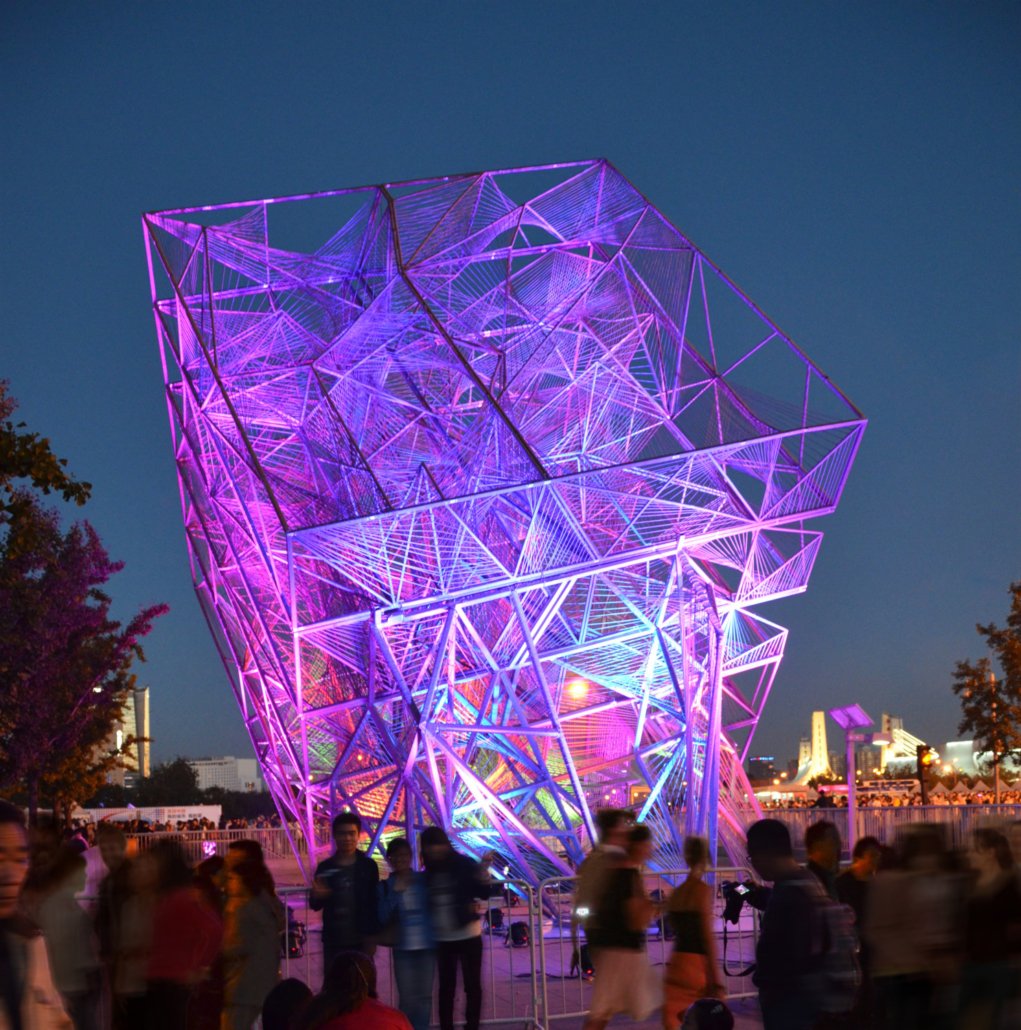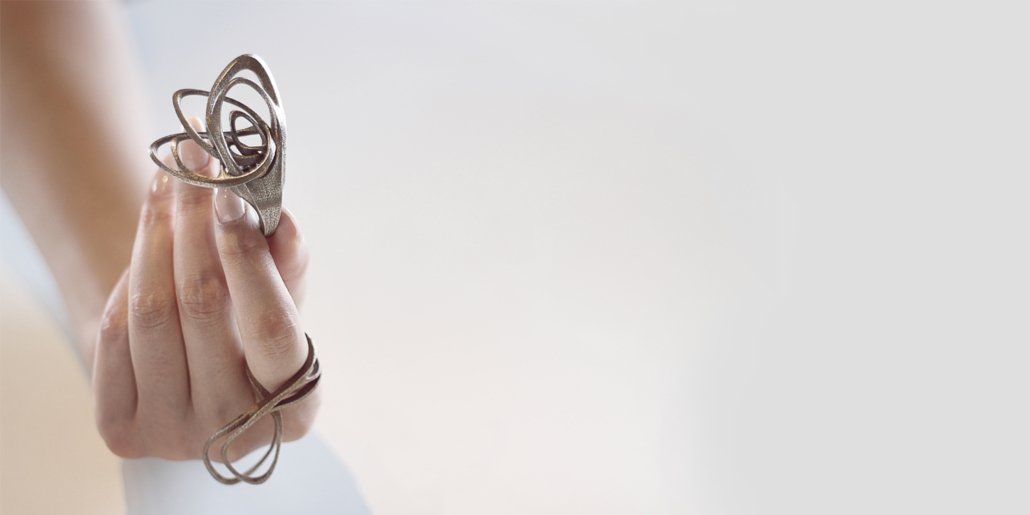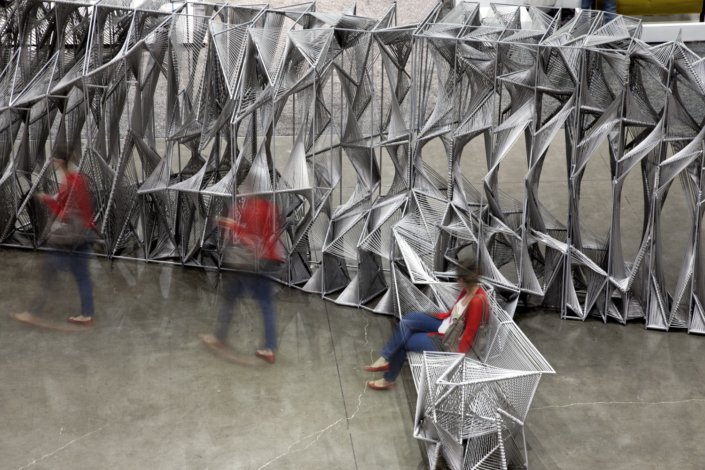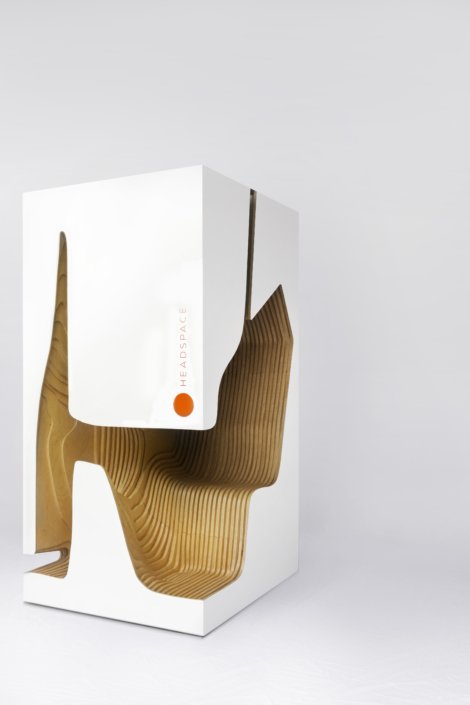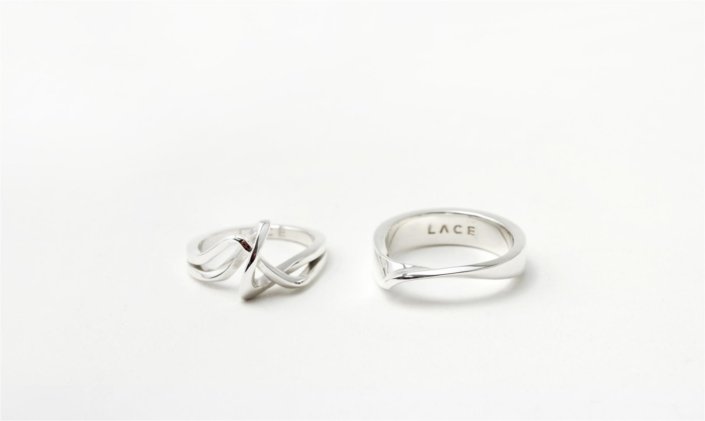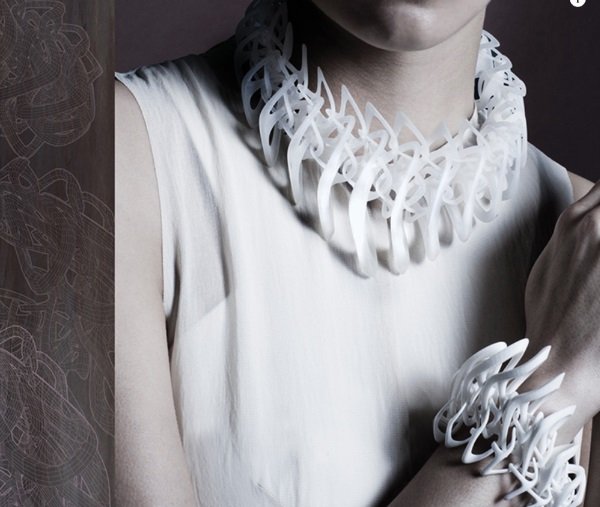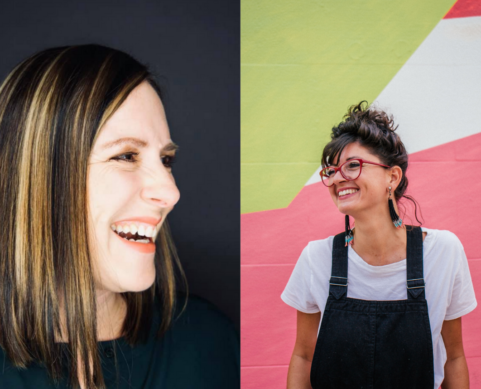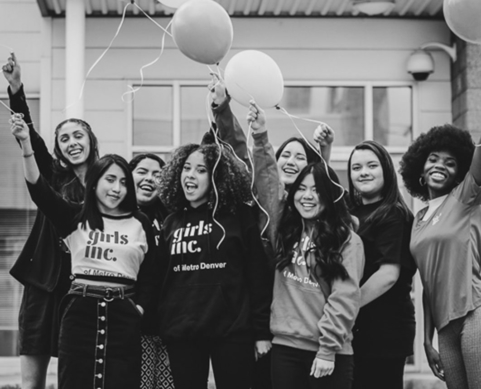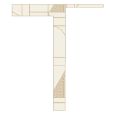Jenny Wu
“When I am told that I can’t build or design something because it is too complex, it drives me to figure out how to detail it so that it is possible.”
—Jenny Wu, Oyler Wu
The nuanced spaces and objects created by designer and architect Jenny Wu command attention…and then softly lure you closer. Working across various scales, materials, and fabrication methods, Wu creates sinuous geometries that dart and then fold back in on themselves in seemingly unpredictable rhythm.
Often cited as avant-garde, Wu’s work serves as a harbinger of what is possible when design, technology, curiosity, and craftsmanship operate together.
Jenny Wu and partner Dwayne Oyler founded Oyler Wu Collaborative architecture and design office in 2004. Together, they’ve pioneered an approach to architecture that is playful, complex, informed by technology, and touched by hand.
In turn, this design duo has been honored with numerous design awards and accolades, including the 2012 Emerging Voices award from The Architectural League. Both partners currently teach design at the Southern California Institute of Architecture (SCI-Arc).
Jenny Wu is also the founder and design director of LACE, a 3D printed wearable design company. The jewelry made its European debut at Paris Design Week in 2015. Oh, and she’s a new mom to boot.
Jenny spoke to TARRA about her experience and process as a designer, emphasizing both the value of innovation and the importance of community. We are honored to share her voice with you…OUR community of women in design.
Describe the moment you decided to become an architect.
I was about 6 years old when I followed my parents, who are real estate developers, to the job site and watched a building being built. I knew, at that early age, that I wanted to create my own version of the built environment, even if I didn’t know exactly what that was yet.
If you were handed any project in the world, what would it be? Who would you like to create something for? Where would it be located? What materials would you use? Would it be a collaboration? With whom?
I’ve been very insistent in my career to only work on projects that are highly design driven, whether it is a piece of furniture or a 16-story high rise building. I would like to continue to explore design in a large range of scales and building types, but I am especially interested in working on public buildings. We are eager to test out some of our design ideas that started in the small installations and to see how they play out in larger buildings.
What is the inspiration behind your most recent project/creation/object?
Our latest project is the design of an event space, demonstration kitchen, and office for 3DS Culinary, which is a creative laboratory for chefs and designers that brings 3D printing technology into the culinary arts. As a direct reflection of the company’s innovative ethos, we wanted to push the design and fabrication of the space by creating an elaborate, custom railing system that utilizes both digital and traditional fabrication techniques.
Walk me through your creative process.
My creative process usually begins with a conversation with my partner, Dwayne Oyler. We brainstorm some initial ideas together, and then work on our own take of the problem. Our collaboration is often a long, back-and-forth process of discussing, sketching, and modeling (both digital and physical) to achieve the final design.
What technology in your industry do you totally geek out on? This could be a software, a machine, a material, etc.
We geek out on fabrication tools as well as any new developments in 3D printing technology. Because I have a line of 3D printed jewelry, I am very much in tune with the latest advancement in 3D printing so that I know how it might apply to my work.
How has technology changed the way you work? This can be material innovation, software, how you gather inspiration…
I think the greatest strength of our practice is the ability to apply a large range of techniques and tools, whether it is digital or analog, to achieve the final design and/or detail. Because we are not limited by one set of tools, it has opened up new ideas about assembly and production. Our hands-on approach has brought new formal and material innovations to our work.
What are you most excited about for the future of your business/industry?
As the scale of projects we work on expands, we are able to test small ideas on a larger scale. That has a greater impact on the built environment. The idea that more and more people can experience our work is very exciting to me!
How has being a woman in your industry/career been challenging? What have you learned from those specific challenges?
There are definitely challenges being a woman in my industry. But over the years, I have found amazing support systems with other women in the industry. Being able to share our experiences and help each other both professionally and personally—I find that the community of women in design is one of the most generous and open groups of people.
What is the one piece of advice you would give to young women who are just getting started?
Being an educator, I am often in the position to give advice to young designers. I think the best advice I can give is to encourage them to pursue what they believe in, whether it is the type of design they want to work on or the type of office they want to be in. The design career is a long and often difficult one. It is only sustainable if you are working on what you love. Seek out mentors and others with similar pursuits. It will make the process even more enjoyable and rewarding.
